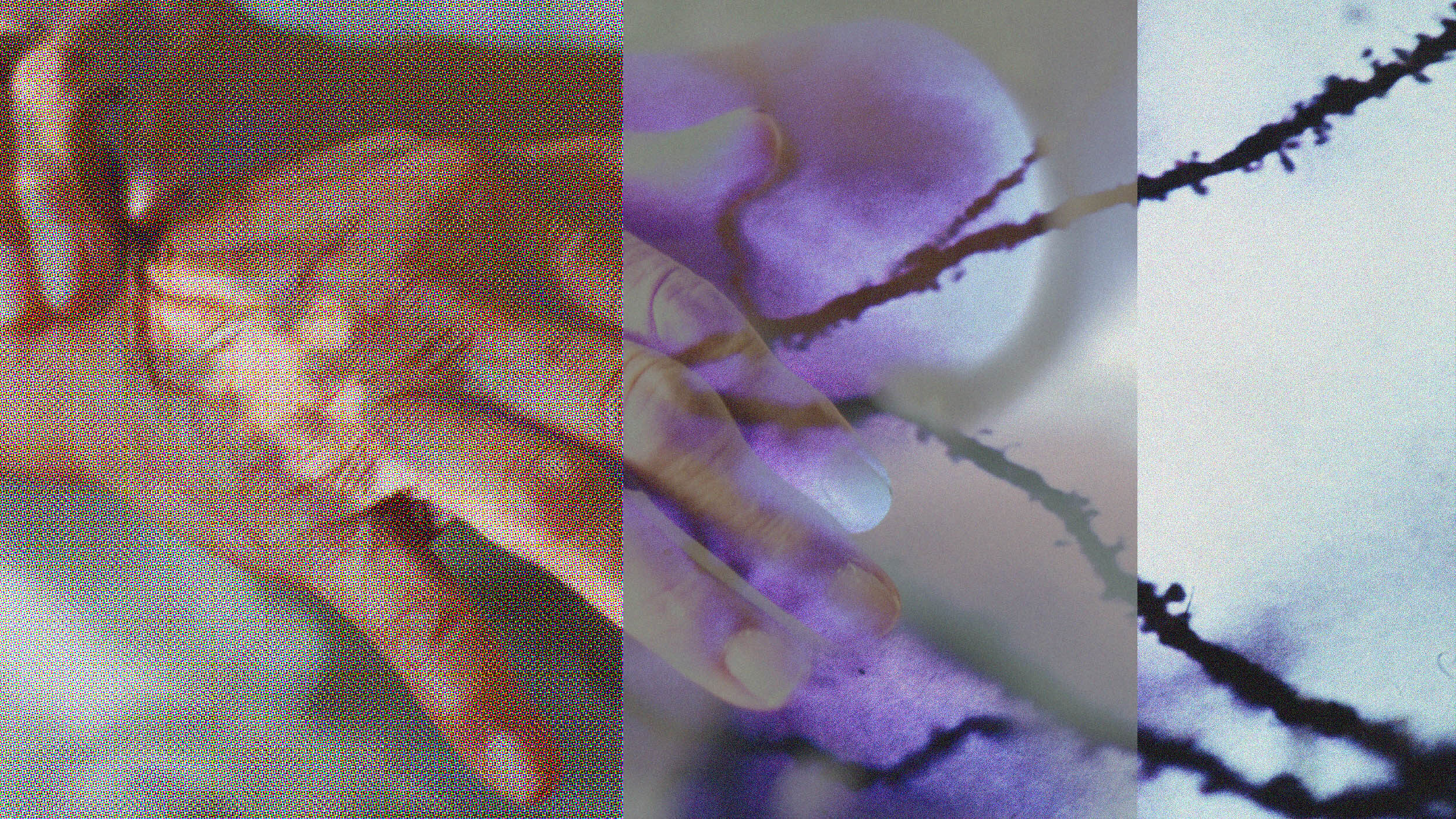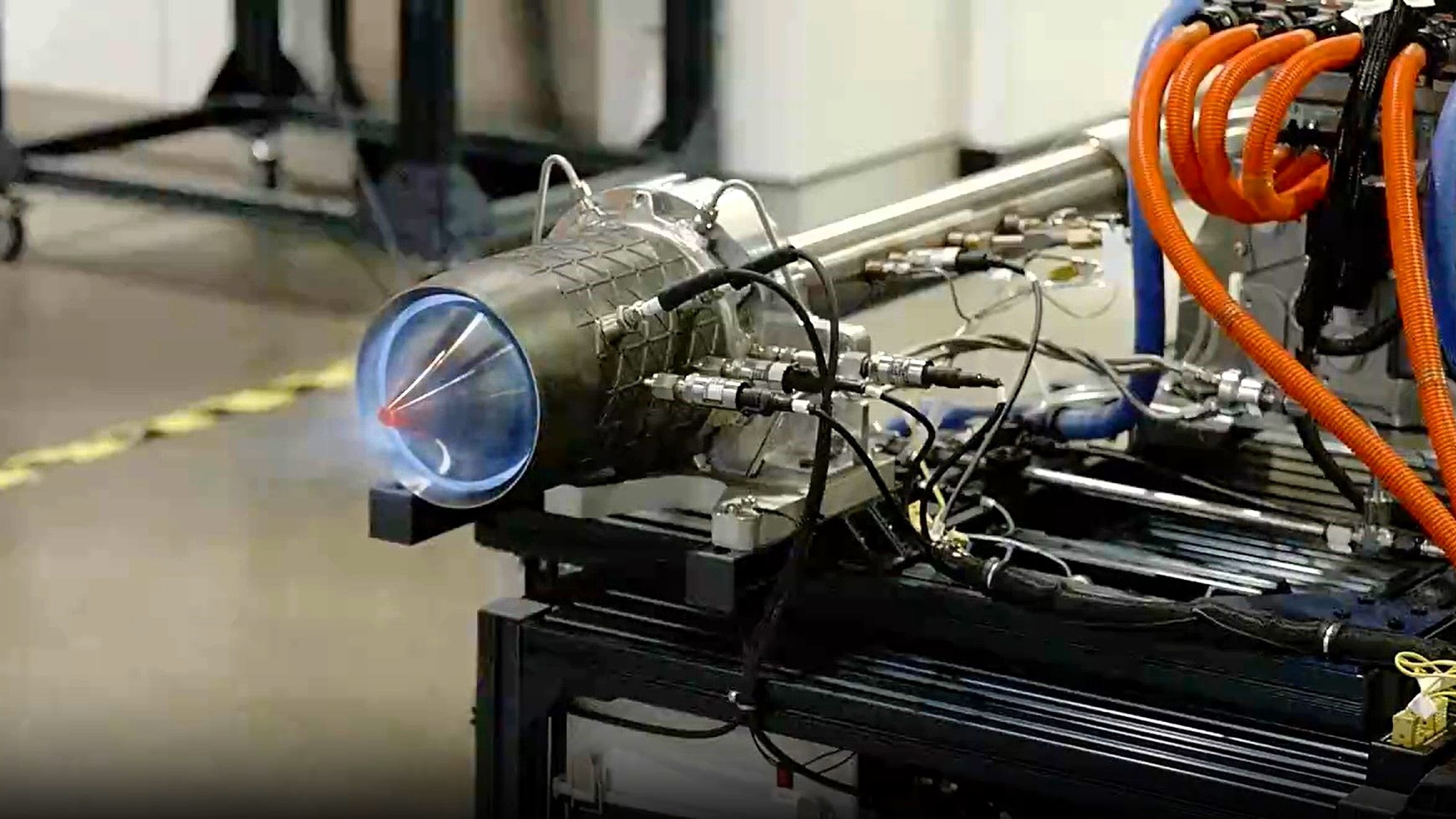Susan Bookheimer: The symptoms of autism are far better understood than its causes; psychiatrists classify the disorder as having two major components: impaired social cognition and a tendency toward narrow interests and repetitive behaviors.
What is Autism?
Wilczynski: Beginning with Dr. Fischbach, tell us as simply as possible what is autism?
Fischbach: Autism is a developmental disorder characterized by two main components: an inability to interact socially with other people with joint attention to understand other people’s thoughts. And the second component, the major component, is a real tendency to restricted interests, very narrowly focused interests and repetitive behaviors. That is just the core definition; autism reaches out in many different directions. It can be associated with language delays. It can be associated with epilepsy. It can be associated with some degree of intellectual disability, but the two core features of autism, I see, is impairments and social cognition, understanding and in restricted interests and repetitive behaviors.
Wilczynski: And how is it diagnosed?
Fischbach: Right now I think the gold standard is a clinical diagnosis, that an astute clinician interacting with a child, interviewing the parents, talking with teachers makes the diagnosis based on some standard tests and also on clinical impression and skill. There are no good tests yet, we’ll talk more about that later, that I know of for biochemical tests or imaging tests, although people are getting close and that is one of the real pushes that we’ll talk about and other objective tests. But right now the gold standard objective test is clinical judgment.
Wilczynski: Very good and I think that brings up the point that the clinicians really need to have broad experience at diagnosing individuals on the autism spectrum. Seeing one or two cases of autism or even a couple of cases of Asperger’s is often insufficient to prepare a psychologist, a developmental pediatrician or other health professional to really provide a comprehensive diagnosis. Tell me what in the brain seems to go awry to create autism spectrum disorders?
Fischbach: We just don’t know. Everyone on this panel I'm sure will have certain interests and biases and thoughts. I think my own bias is that there may be something wrong with the timing and the connectivity between regions rather than pointing to one particular spot in the brain. That it’s how these regions talk to each other and how they interact that is just not quite right.
Bookheimer: In particular I think that we’re getting closer to a model of autism that has to do with connectivity abnormalities in the brain and particularly early in development how connections are formed in the brain and, as Fischbach has pointed out, when they are formed in the brain. And in autism I think that one of the problems is that areas of the brain that are far from each other are not as well connected, whereas areas of the brain that are very close to each other seem to be over-connected. And so I think that it has to do with the developmental trajectory of when and where connections are formed that it appears to be awry.





